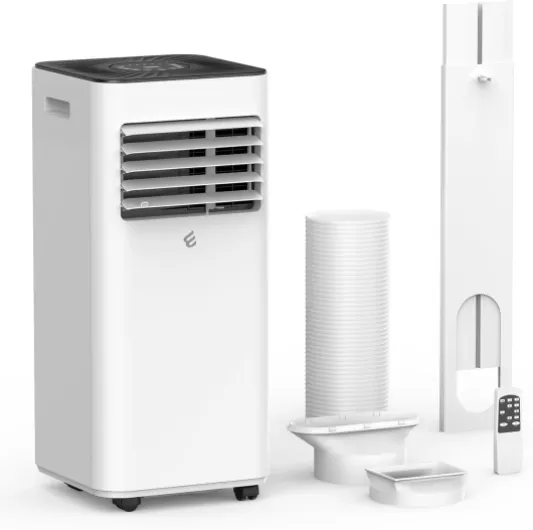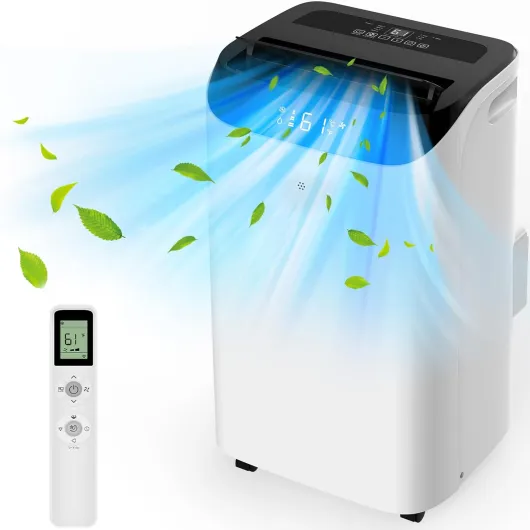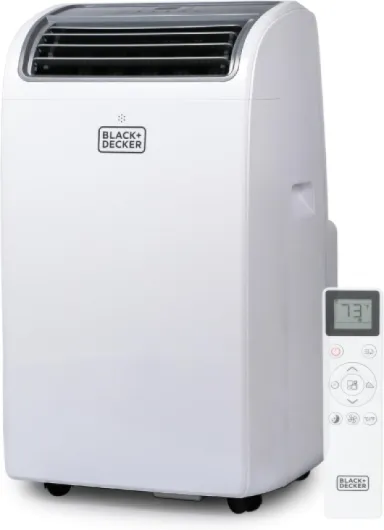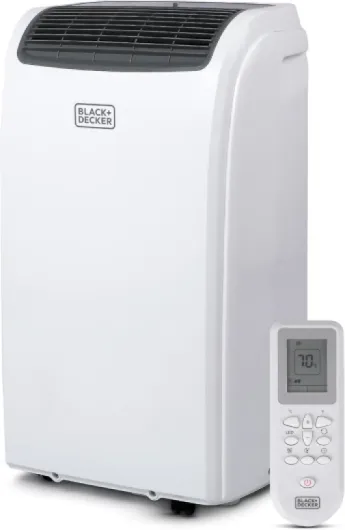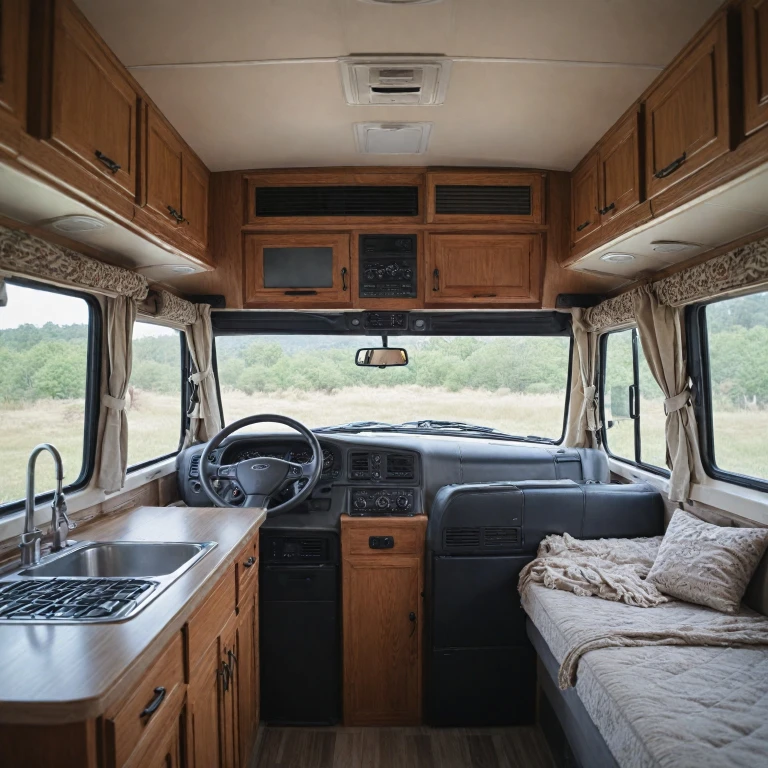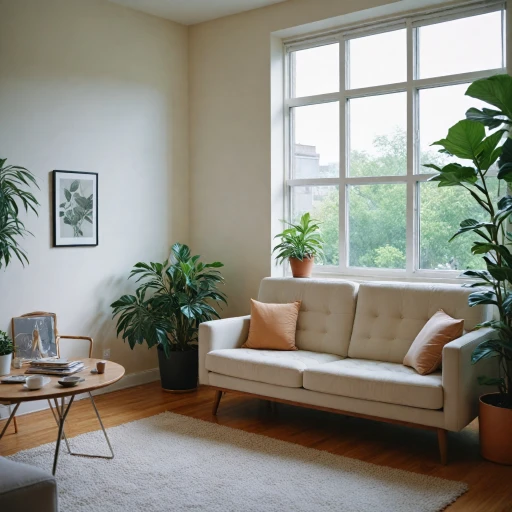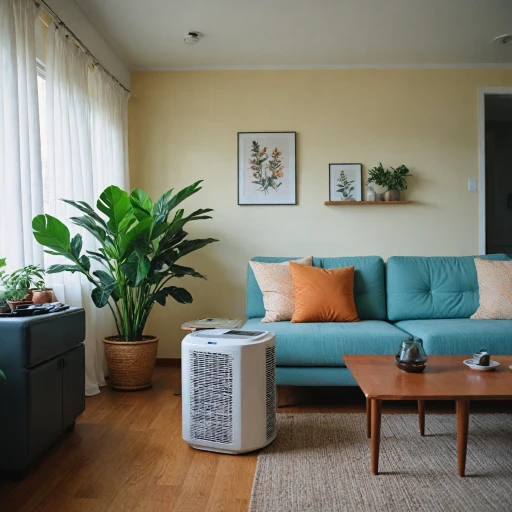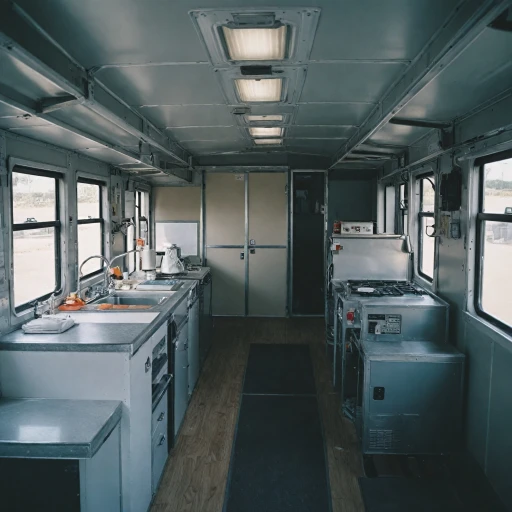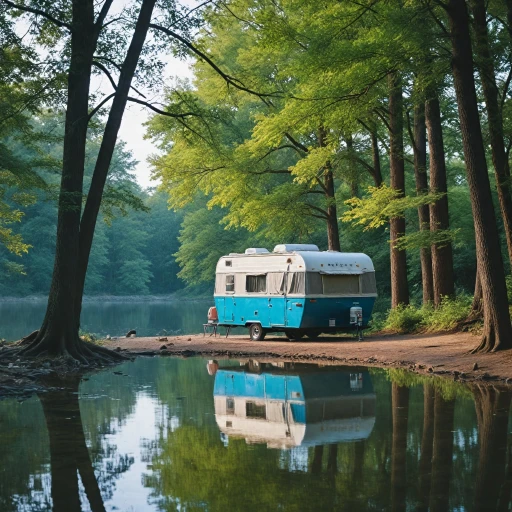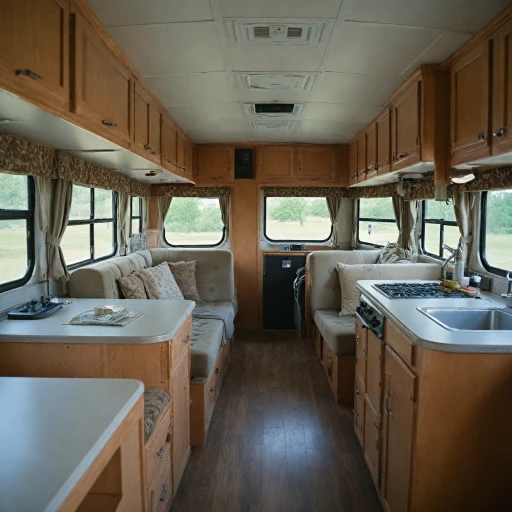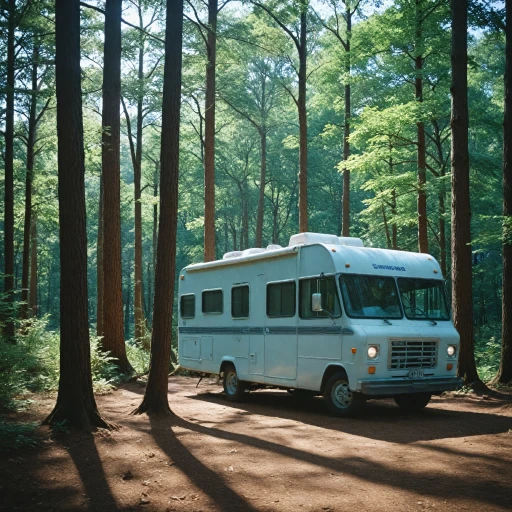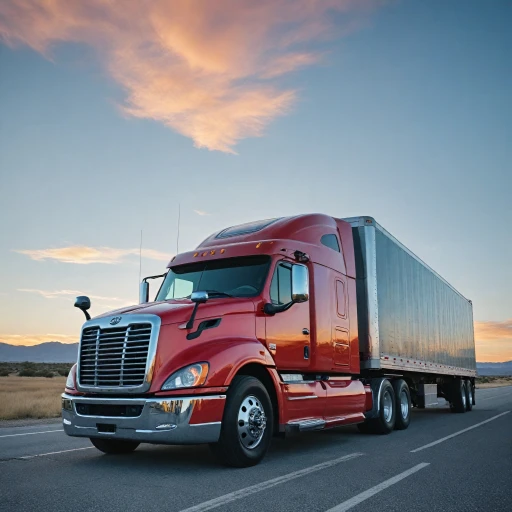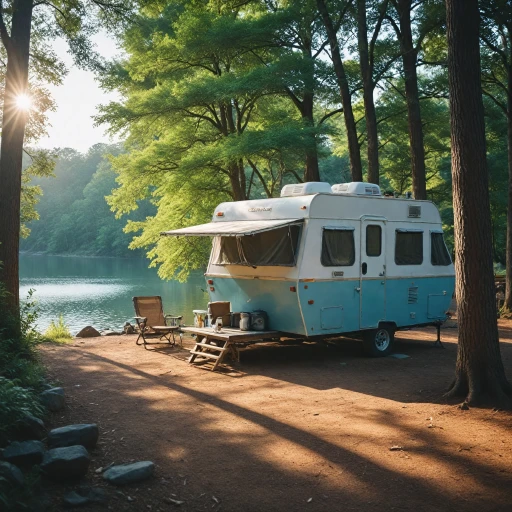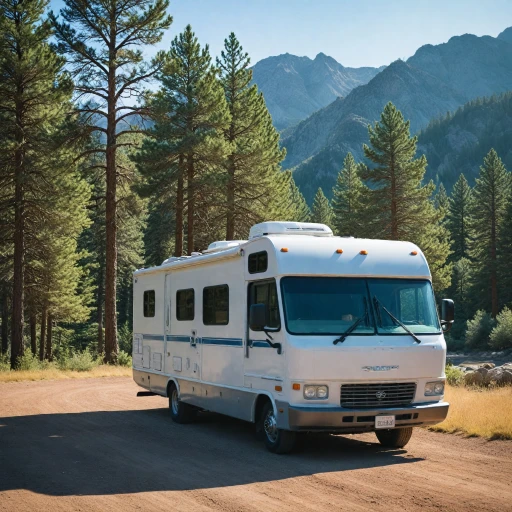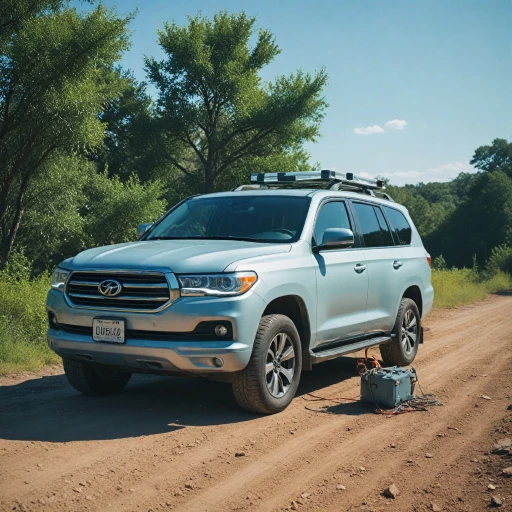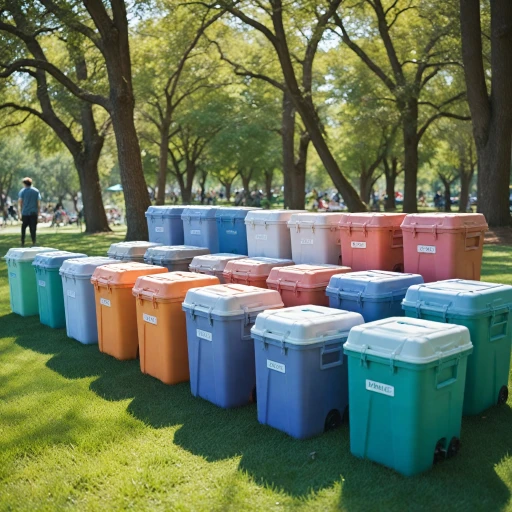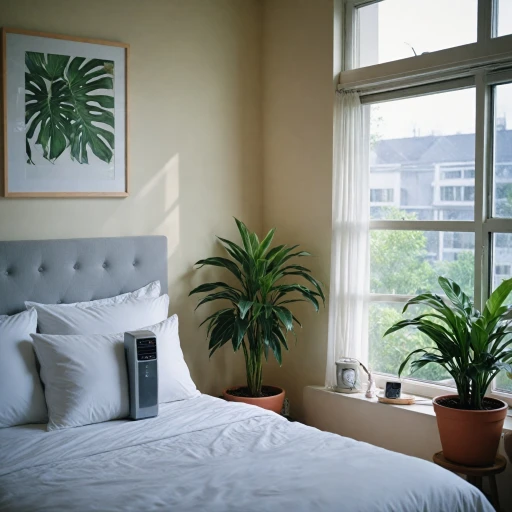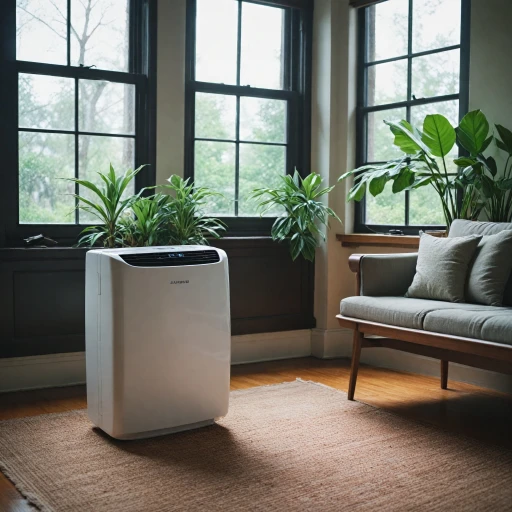
Understanding Your Cooling Needs
Assessing Your Motorhome's Cooling Requirements
Choosing the best portable air conditioner for your motorhome begins with a clear understanding of your specific cooling needs. Different motorhomes and vans have unique challenges and size variations, influencing the type of air conditioning unit required. Here's how to get started:- Assess the Space: Measure the area you intend to cool. More extensive motorhomes will require higher BTU units to ensure they provide enough cooling power. Consider rooms with high sun exposure, which can increase heat accumulation.
- User Preferences: Personal comfort levels differ, so it's vital to consider both your temperature preferences and those of any fellow travelers. If you're camping in a location with consistent high temperatures, you may need more robust air conditioning solutions.
- Application Methods: Determine if a rooftop air conditioner is feasible, as it can offer more space within the motorhome. However, portable units have the advantage of being versatile and easy to reposition.
Energy Efficiency and Power Consumption
Consider the Efficiency Ratings
When searching for the perfect portable air conditioner for your motorhome, one of the essential aspects to consider is energy efficiency. The Energy Efficiency Ratio (EER) gives insight into a unit's power consumption and efficiency. A higher EER means the portable unit consumes less energy, making it more economical and environmentally friendly. Brands often list this information on product labels or customer reviews, allowing you to make a more informed decision.
Understand Power Requirements in BTUs
The cooling capacity of portable air conditioners is typically measured in British Thermal Units, or BTUs. Selecting a conditioner with the right BTU rating is crucial. Too low, and your unit won’t cool the space effectively. Too high, and it could lead to increased humidity and wasted energy. For a motorhome or van setup, a BTU portable air conditioner between 8,000 to 12,000 BTUs is generally sufficient for cooling a comfortable space. For more nuanced selections, consider checking out the guide on finding the perfect compact AC unit for your camper.
Consider Seasonal and Regional Factors
The regional climate plays a significant role in determining the energy needs of your air con. If you frequently travel to areas with extreme heat during your camping trips, opting for a model with a higher BTU rating might be beneficial. Conversely, milder climates may allow you to save on energy by choosing a less powerful unit. Reading through online reviews could provide practical insights into how models perform in different geographic settings.
Additional Features for Convenience
Many portable air conditioners come with additional features such as remote controls, timers, and smart home integration which can add to energy-saving efforts. Look for models that offer energy-saving modes or sleep functions to ensure a balance between performance and energy consumption.
By analyzing your specific needs, you're well on your way to choosing the best portable air conditioner for a cool and comfortable motorhome experience.
Installation and Portability Considerations
Essential Installation and Portability Insights
When choosing a portable air conditioner for your motorhome, one of the primary factors to consider is how effortlessly it can be installed and moved. These units are designed to provide flexibility and convenience, especially for those who love camping, traveling in a van, or living the mobile life. The portability of an air conditioning unit is undoubtedly one of its biggest advantages. Ensure that the unit you choose is manageable in terms of size and weight for easy relocation within your motorhome or between trips. Look for models that feature caster wheels and comfortable handling grips, making mobility a breeze. It's also important to check the length of the exhaust hose. A longer hose means greater flexibility in positioning the unit, but remember that too long a hose can lead to energy inefficiency and reduced cooling capacity. When it comes to installation, most portable air conditioning units require venting out through a window or door. Make certain that the portable conditioner comes with a complete window kit for attaching hoses securely. This not only helps in efficiently directing the hot air out but also keeps the conditioner's cooling power optimal. For those exploring ducted applications, additional installation elements might be required. It's crucial to review customer reviews for insights into the ease of installation and use—high stars reviews often indicate a more user-friendly experience. Consider the power requirements of the portable unit as well. Check the BTU ratings to ensure the unit has adequate cooling power to handle your motorhome size while keeping your space cool and comfortable. Be mindful of your power source capability to support the cooling needs without a hitch. In summary, the best portable air conditioners don't just deliver on cooling performance but also offer seamless installation and hassle-free portability. Properly assessing these aspects will ensure you make an informed choice, keeping your motorhome atmosphere pleasant and cool. For more detailed guidance on choosing the right AC unit for your motorhome setup, you can visit our comprehensive guide on choosing the right AC unit for your pop-up camper here.Noise Levels and Comfort
Minimizing Sound for a Peaceful Journey
Noise levels can significantly impact the comfort of your motorhome experience. When selecting a portable air conditioner unit, it's essential to consider both the decibel rating and customer reviews regarding sound. You wouldn't want a noisy air con that interrupts the tranquility of a camping adventure.
The unit's noise level should be low enough not to disturb conversations or sleep. Generally, portable units range in noise levels, with some operating as quietly as 50 decibels. Look for models specifically rated for silent operation, as they tend to provide sufficient cooling air without excessive sound.
Balancing Sound with Cooling Effectiveness
While it's important to have a quiet air conditioning unit, it should not come at the expense of cooling power. An air conditioner with a high BTU rating may offer more efficiency in cooling a room, such as a motorhome or van. However, consider models that achieve a balance between sound and cooling capacity.
Reading customer reviews can provide insights into how portable air conditioners perform in terms of sound. Often, the best portable air conditioners achieve a balance by providing strong airflow while maintaining low noise levels. Prioritizing this in your search will ensure your road trips are both cool and comfortable.
Additional Features for Comfort
When examining noise levels, check if the portable air conditioner comes with a remote control for easy operation. This feature allows you to adjust settings without moving from your comfortable spot, especially during the night when reducing noise is crucial.
Ultimately, finding the right air conditioning balance can enhance your motorhome travels. An efficient, low-noise portable unit is an investment that will keep your space cool and provide you with a tranquil environment, even during long vacations. Always consider energy consumption, ease of use, and sound level to make the best choice for a peaceful journey.
Maintenance and Durability
Ensuring Long-Lasting Performance
When selecting a portable air conditioner for your motorhome, attention to maintenance and durability is crucial to ensure the unit remains reliable and efficient over time. Regular upkeep can not only prolong the life of your portable air conditioner but also enhance its cooling performance and energy efficiency.
- Filter Maintenance: One of the key aspects of maintaining your portable air conditioner is ensuring the filters are cleaned or replaced regularly. Filters that are clogged with dust and debris can hinder airflow and reduce the cooling power, so checking them frequently, especially in dusty environments like camping or on long road trips, is essential.
- Condenser Coils: Just like with rooftop air conditioning systems, keeping the condenser coils clean can prevent energy wastage and maintain optimal cooling capacity. Regular cleaning can prevent the accumulation of dirt and improve efficient heat transfer.
- Water Drainage: Most portable air conditioners will have a built-in dehumidification function that collects moisture. Regularly emptying the water collection container or ensuring proper drainage systems are in place can prevent any overflow issues and maintain a comfortable environment.
- Power Connections: Inspect the power cords and connections regularly to ensure safe operation. Broken plugs or frayed wires can be dangerous and reduce the unit's operational efficiency.
Durability also involves investing in a unit with high-quality materials and robust manufacturing standards. Looking at customer reviews and 4 stars reviews or higher can give you a better understanding of the unit's long-term reliability and the real-world experiences of other motorhome users. This research can lead you to the best portable models that supply cool air consistently under varied conditions.
Top Portable Air Conditioner Models for Motorhomes
Top Picks for Cooling on the Move
- Black+Decker BPACT10WT: A reliable choice offering 10,000 BTUs of cooling power, this model is perfect for small to medium-sized rooms in your motorhome. It features a straightforward installation process and comes with a remote control for easy operation.
- Honeywell MO08CESWK: This portable unit delivers efficient cooling with an 8,000 BTU rating. Renowned for its energy efficiency, it cools efficiently while keeping noise levels low, letting you enjoy a peaceful environment during your travels.
- SereneLife SLPAC10: Known for its compact design, this model offers a blend of performance and portability. Boasting a 10,000 BTU capacity, users will appreciate the remote control for adjusting settings seamlessly, even whilst camping.
- LG LP0817WSR: If you're looking for an affordable yet efficient option, this 8,000 BTU unit maintains a comfortable temperature in spaces up to 150 square feet. It’s highly rated for its portability and energy-efficiency.
- Whynter ARC-14S: One of the best portable air conditioners in terms of cooling capacity, offering a robust 14,000 BTUs. It's praised in many customer reviews for effectively cooling larger rooms, making it ideal for motorhomes of various sizes. This unit enhances your space with its dual hose system aiding swift and powerful air conditioning.
Each of these portable air conditioners offers unique benefits and capabilities, crucial to meeting your individual cool comfortable needs while on the road.
